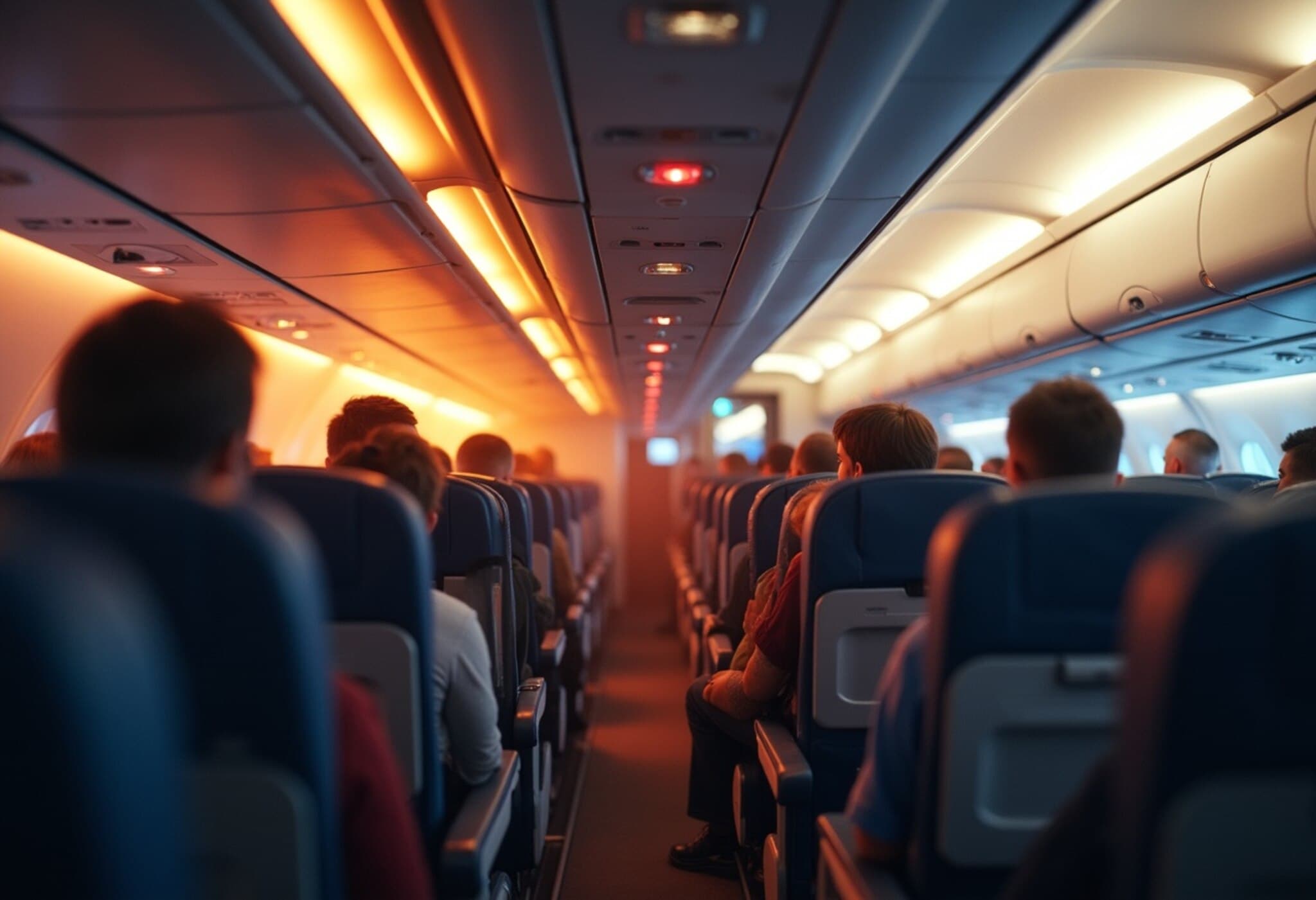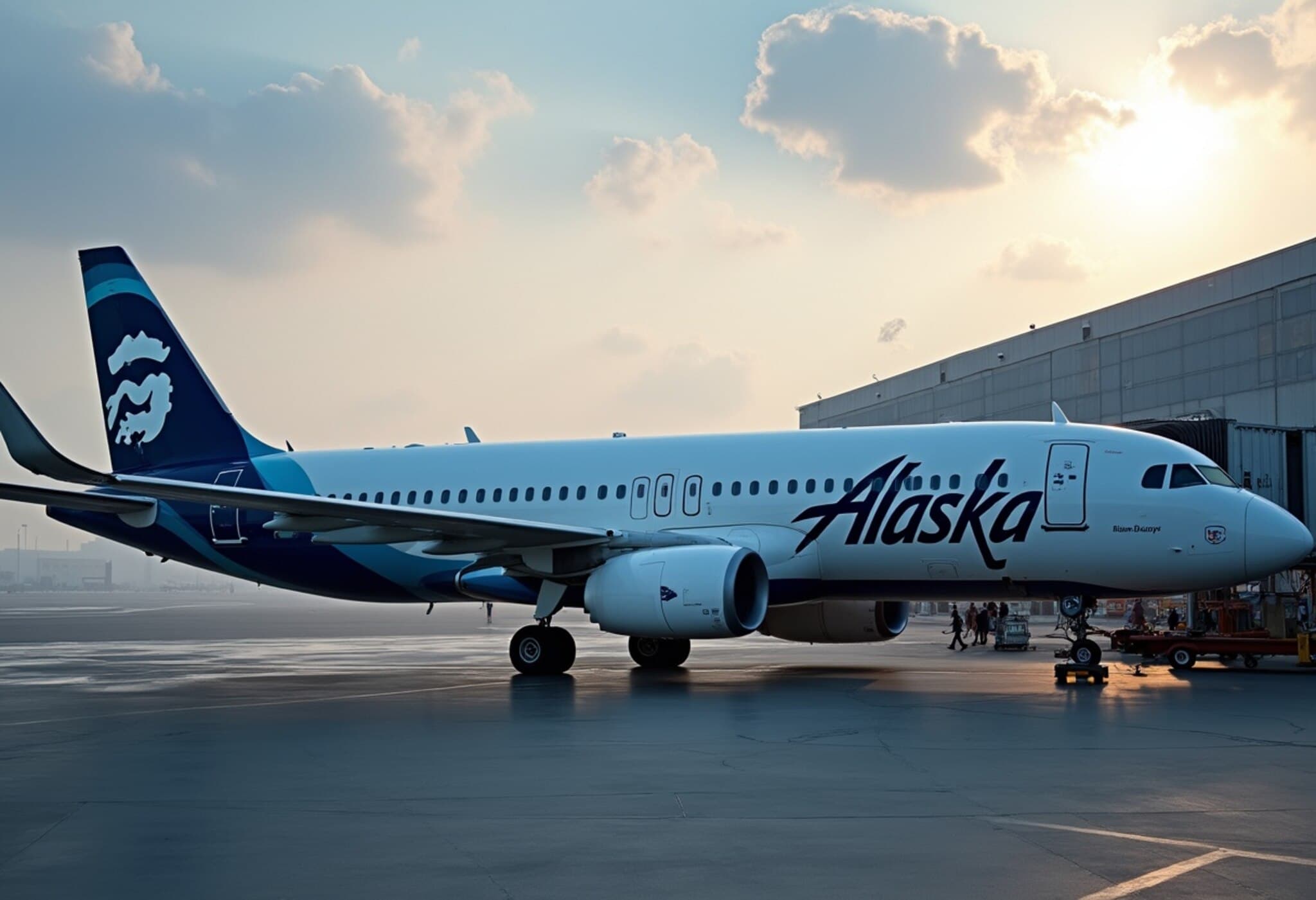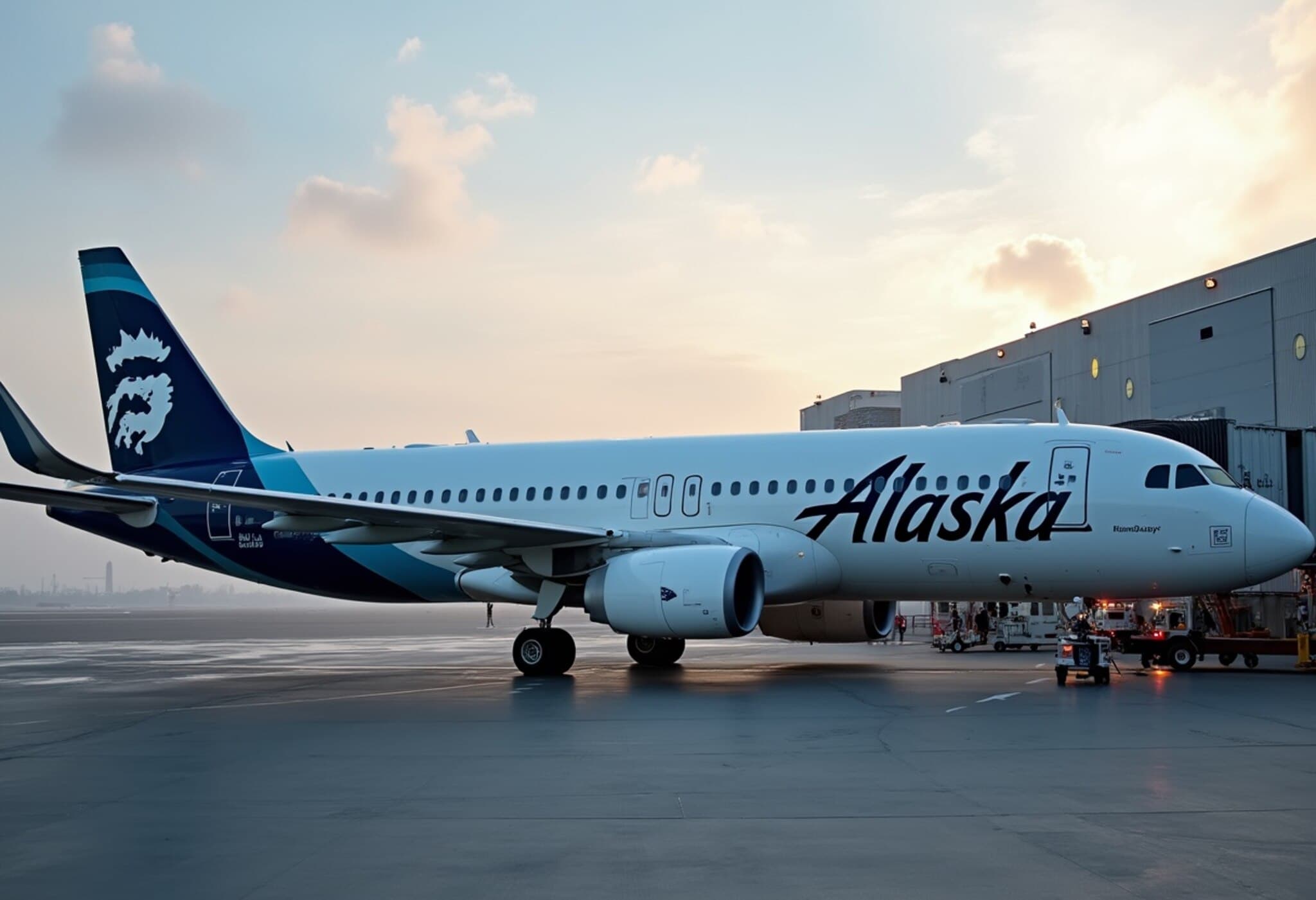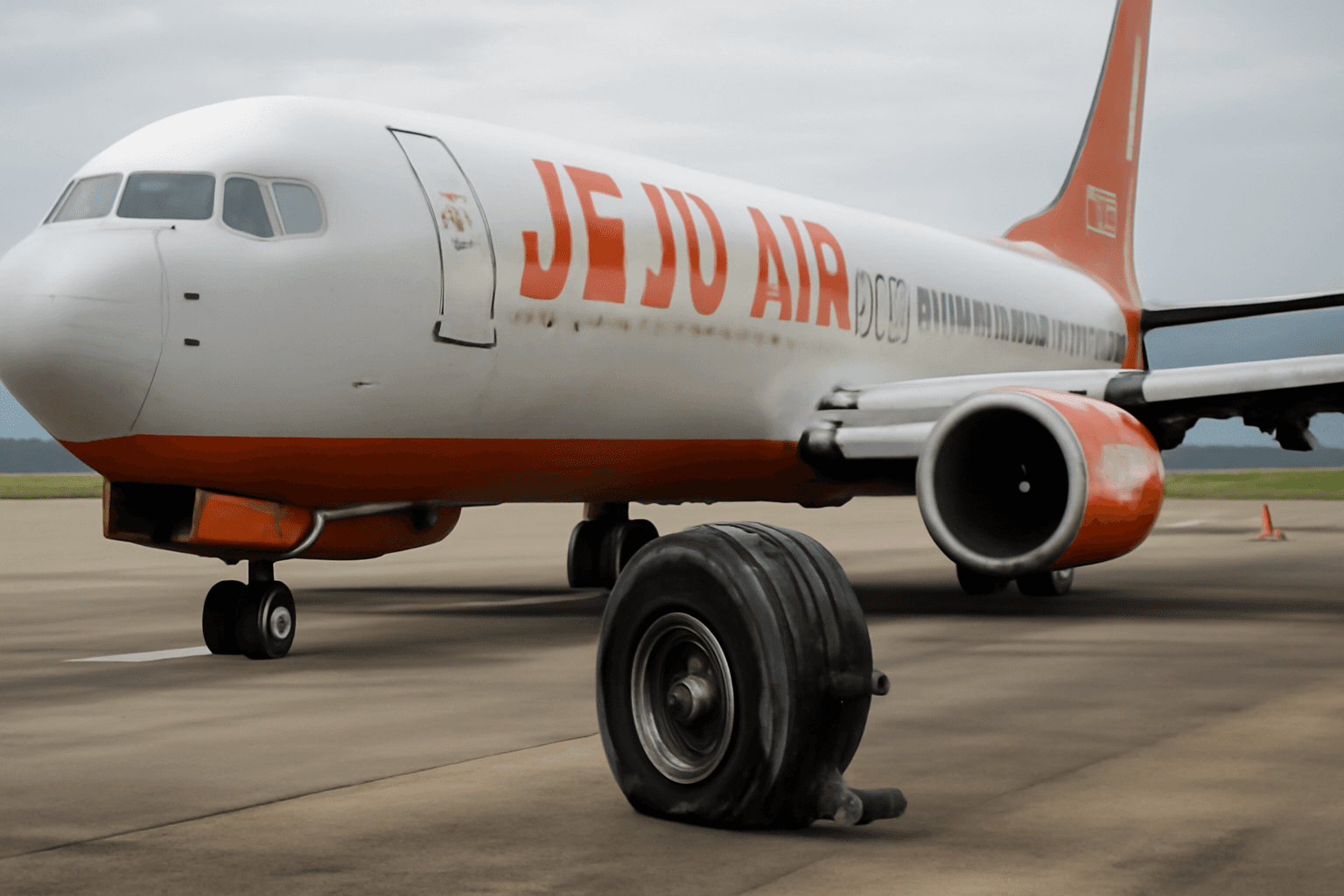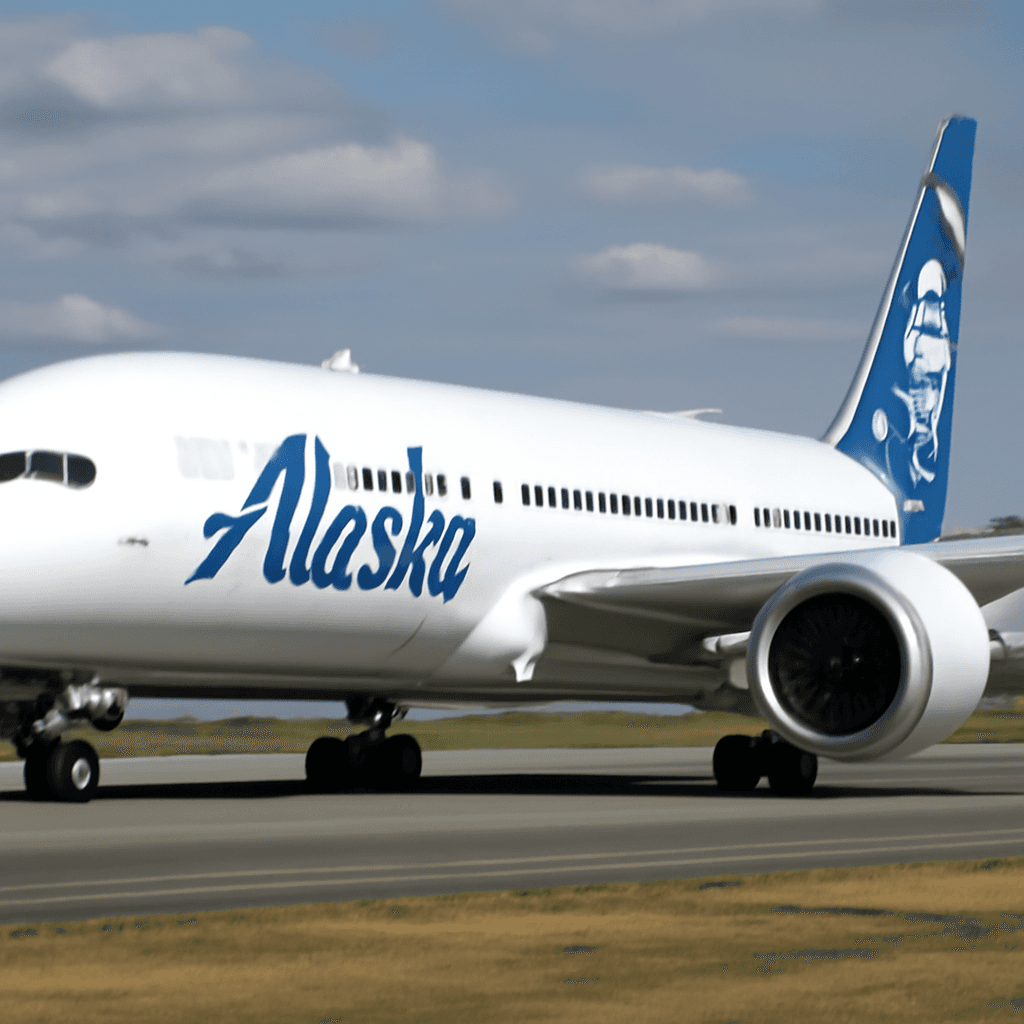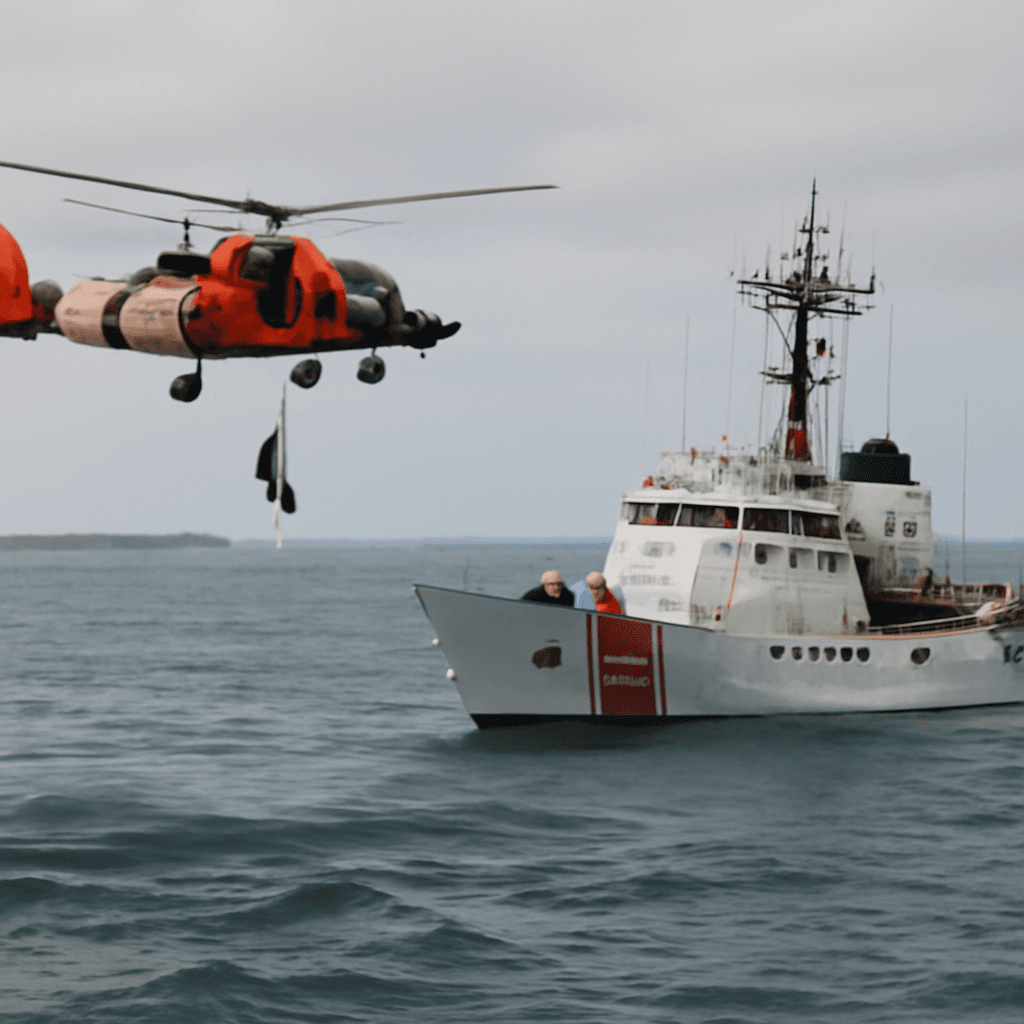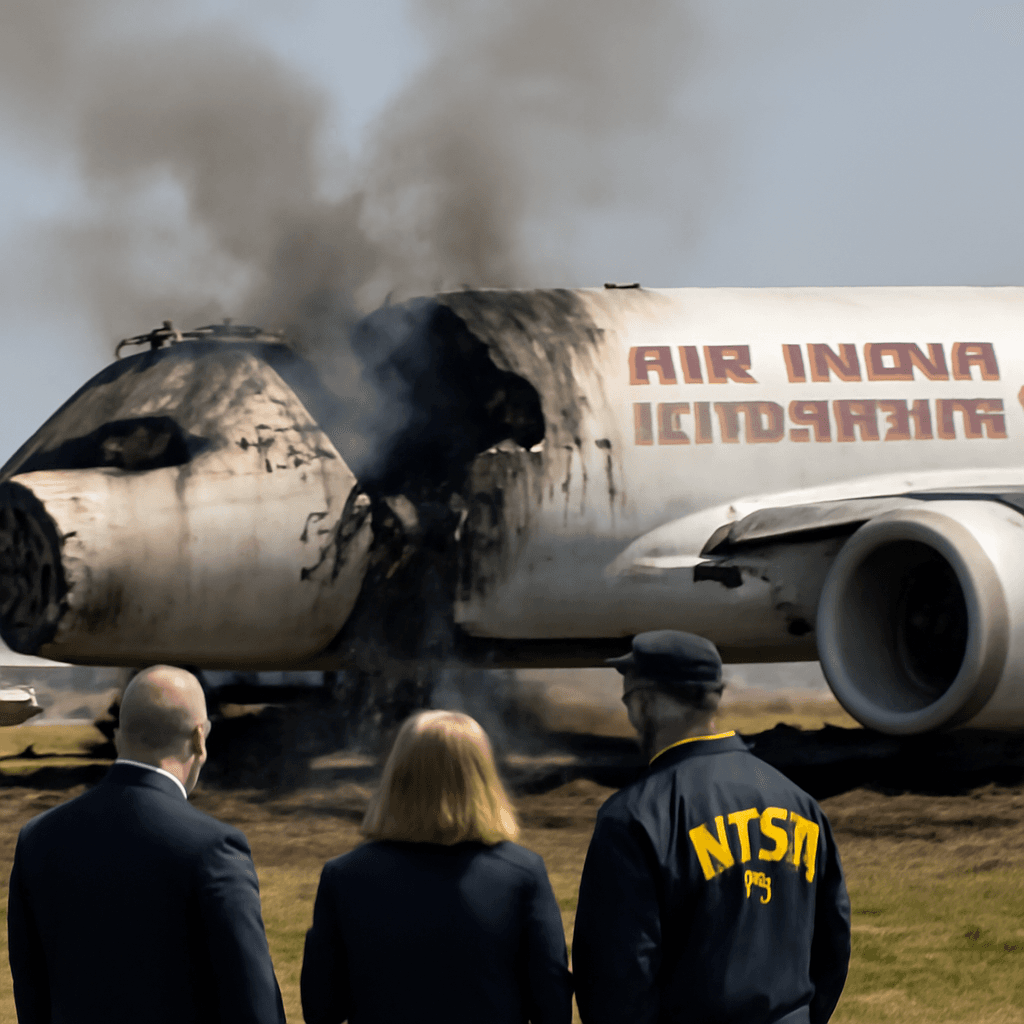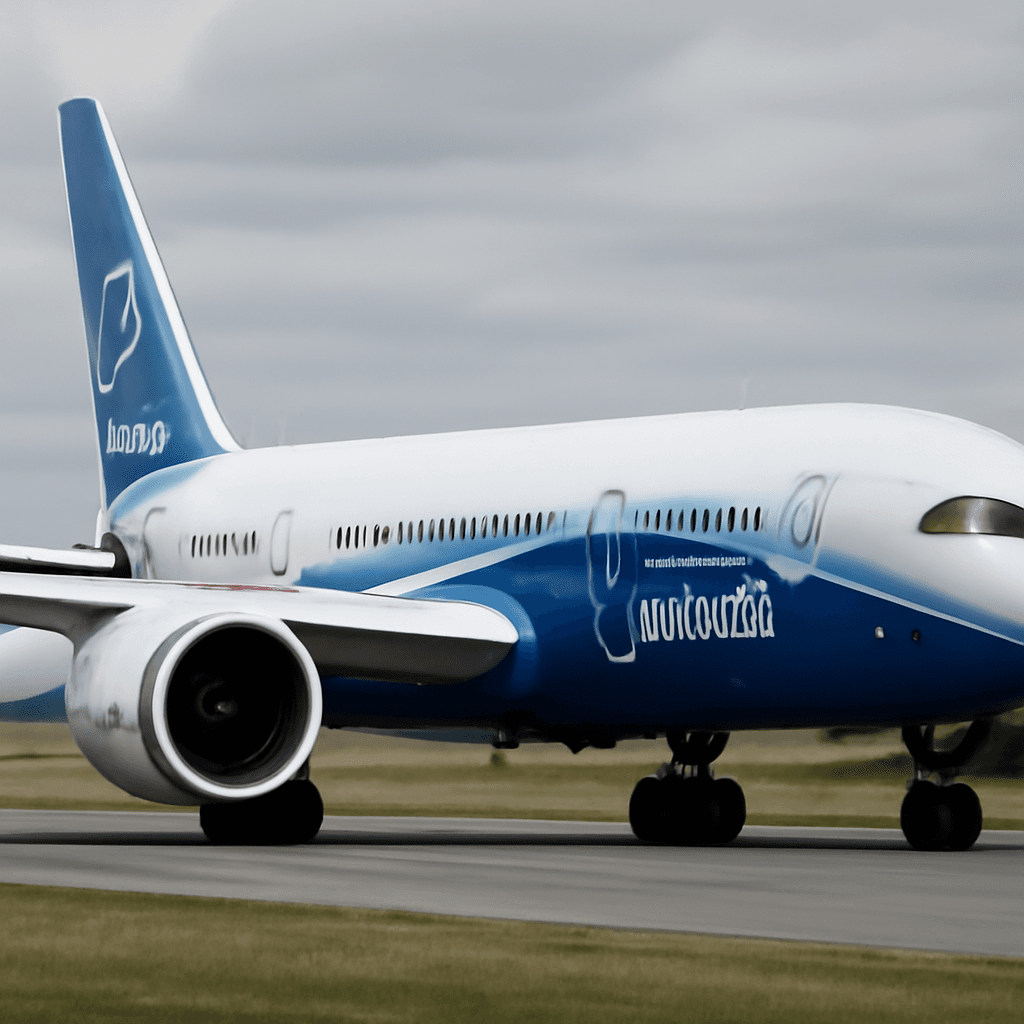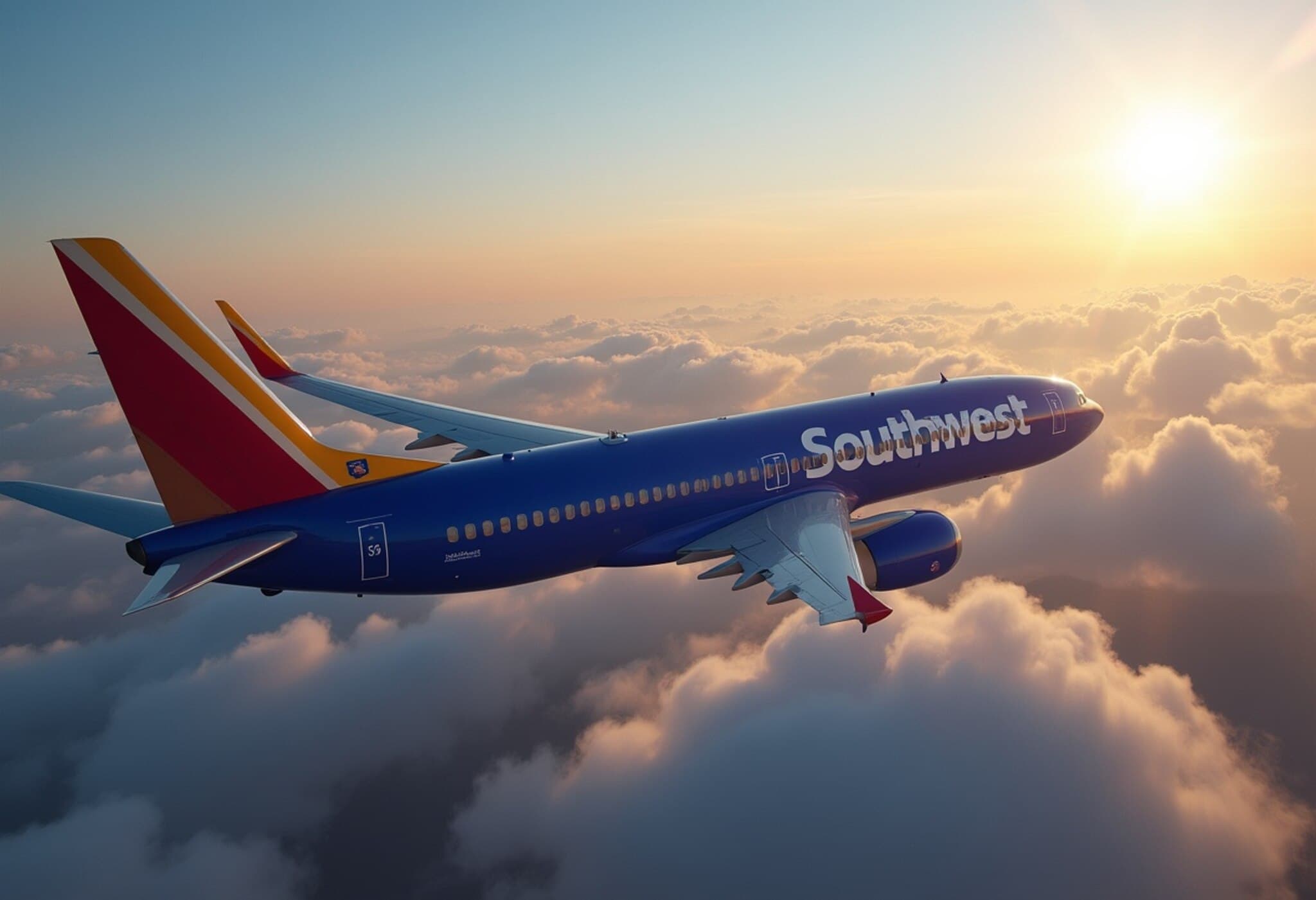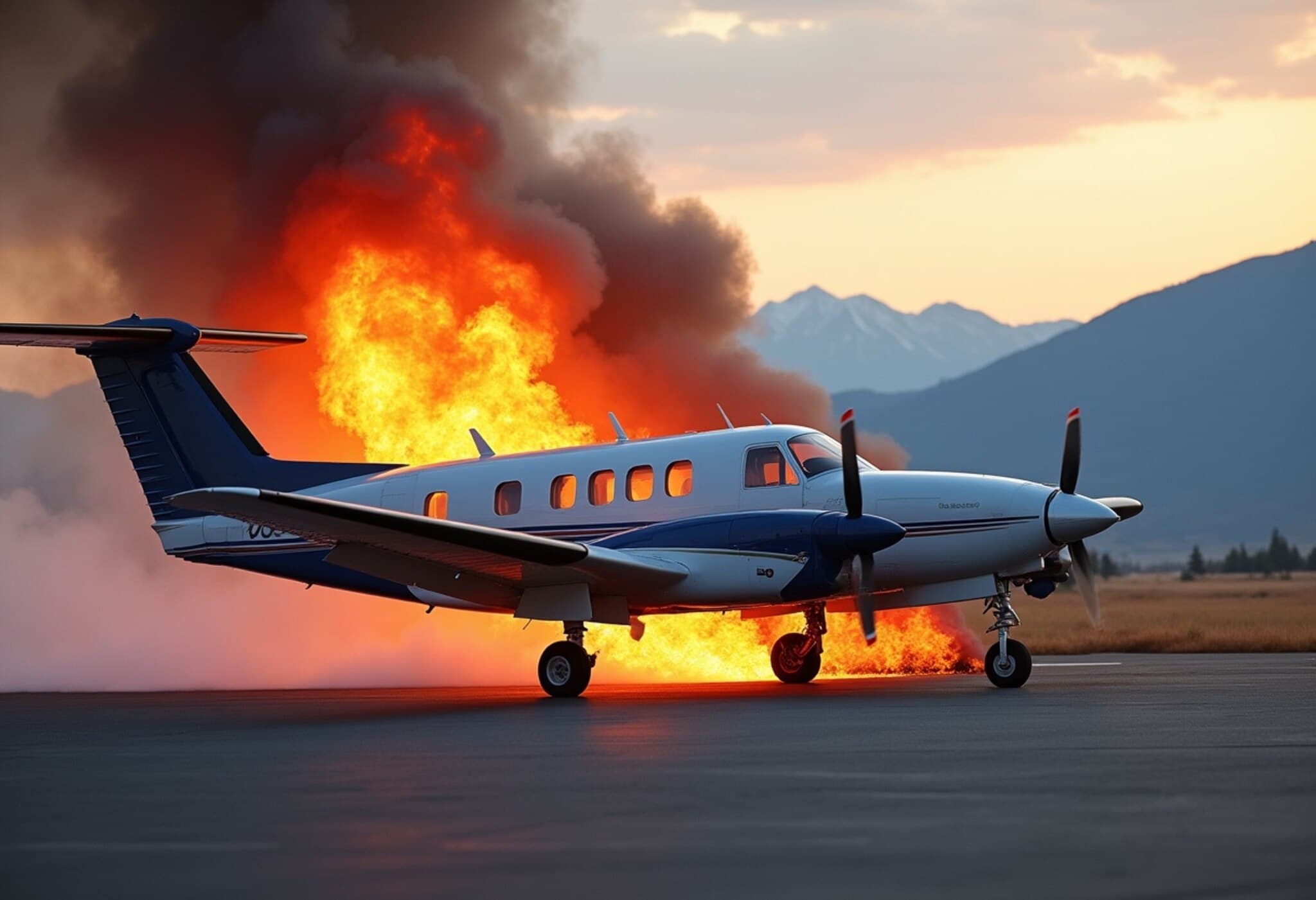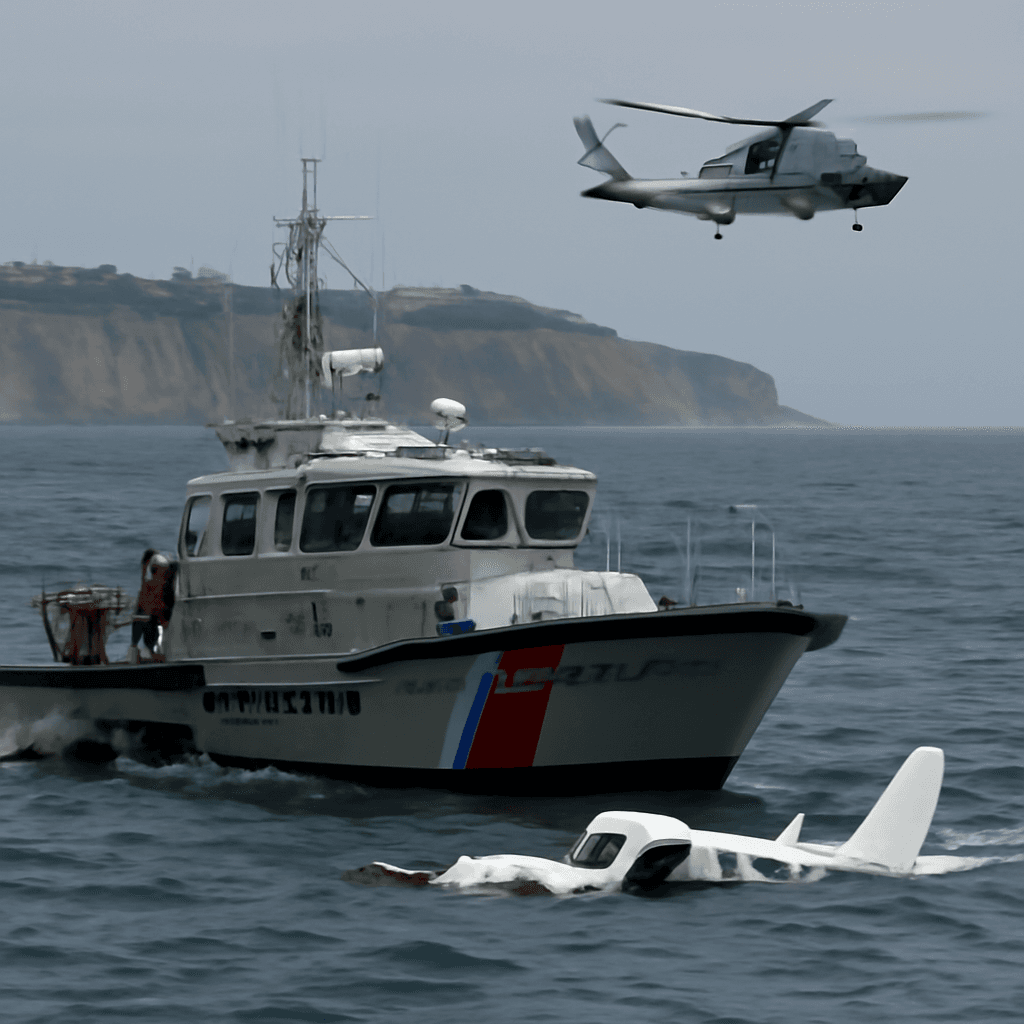Southwest Flight Descends 300 Feet to Avoid Midair Collision Near Burbank
On a sunny Friday around midday, a Southwest Airlines flight from Hollywood Burbank Airport bound for Las Vegas plummeted approximately 300 feet in just 36 seconds shortly after takeoff. The unexpected and drastic maneuver was a pilot's response to a close call with a nearby military fighter jet, leaving passengers shaken and two flight attendants injured. The Federal Aviation Administration (FAA) has since launched an investigation into the incident to unravel the circumstances and prevent future occurrences.
Passengers Describe a Terrifying Sudden Drop
Stef Zamorano, one of the passengers traveling with her husband to celebrate his birthday, recounted the harrowing experience. "The plane shook violently, and it felt like we were falling," she shared. She witnessed a woman being thrown from her seat because she wasn’t buckled in, with fellow passengers grabbing onto one another in fear.
"She was vocalizing the collective dread, repeatedly saying, ‘I want to get off this plane. I want to be on the ground,’" Zamorano told The Associated Press, capturing the emotional toll such turbulence can inflict in an instant.
What Exactly Triggered the Sudden Maneuver?
According to flight tracking data publicly available via FlightAware, Flight 1496 experienced a rapid altitude drop of 300 feet right after departure. The FAA confirmed that the pilot responded to onboard collision avoidance alerts indicating an aircraft dangerously close to its flight path.
Southwest Airlines noted that the crew reacted to two alerts during the climb-out: first prompting an ascent to avoid traffic, then a descent after a subsequent alert. The plane successfully completed its journey and landed safely in Las Vegas without further incident.
Military Jet in Proximity: Context and Implications
Flight records show a British Hawker Hunter Mk. 58 — a vintage fighter aircraft owned by Hawker Hunter Aviation, a UK-based defense contractor — was operating near the same airspace at the time. Such jets, used often for training and private contracts, can operate in controlled civilian airspace but require strict coordination.
Interestingly, Hollywood Burbank Airport officials stated that neither the control tower nor operations staff logged any unusual activity or altitude anomalies involving the Southwest flight, pointing to gaps in real-time tracking or communication.
Rising Concerns Around Airspace Safety After Recent Tragedies
This incident amplifies ongoing concerns about the complexity of integrating military and civilian aircraft safely in increasingly congested airspaces. Earlier this year, a devastating midair collision near Washington, D.C., resulted in 67 fatalities, triggering industry-wide calls to strengthen safety protocols.
Aviation safety experts highlight that close encounters like the one faced by Southwest Flight 1496, while rare, underscore the vital importance of robust collision avoidance technologies and inter-agency communication.
Expert Insights: Navigating Shared Airspace Challenges
Dr. Laura Chen, an aviation safety analyst and former FAA advisor, commented: “This event illustrates how crucial real-time data sharing and situational awareness are for pilots and air traffic controllers. The fact that passengers felt such intense turbulence reflects the urgency of preventing these near misses before they escalate.”
She added, “In the United States, the increasing use of private military jets and aging fighter planes sharing corridors with commercial flights demands continuous regulatory review and technological upgrades.”
Looking Ahead: What Does This Mean for Air Travelers?
- Heightened FAA Investigations will seek to identify any lapses in communication or radar tracking between military and civilian operations.
- Potential Policy Revisions may include enhanced airspace segregation or mandatory collision avoidance system improvements.
- Passenger Awareness of flight safety protocols, including the critical importance of seat belt usage even during seemingly smooth phases of flight, remains paramount.
Southwest Airlines has affirmed its cooperation with regulators to comprehensively understand this episode and uphold its commitment to passenger safety.
Editor’s Note
The near-collision experienced by Southwest Flight 1496 is more than an isolated scare; it shines a spotlight on the fragile dance between military and civilian aviation in dense airspaces. As air travel rebounds post-pandemic and skies get busier, regulators and operators face mounting pressure to enhance safety measures. Passengers, too, are reminded that flying—while statistically safe—rests on layers of technology, vigilance, and communication that must all perform flawlessly. This incident invites us to consider: Are current systems and protocols enough to prevent the next tragedy?


